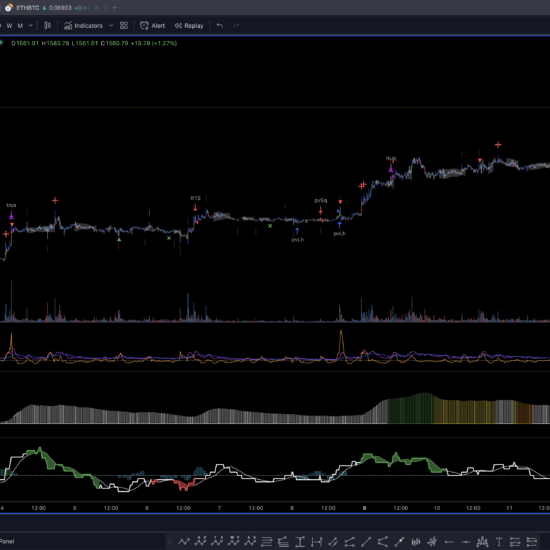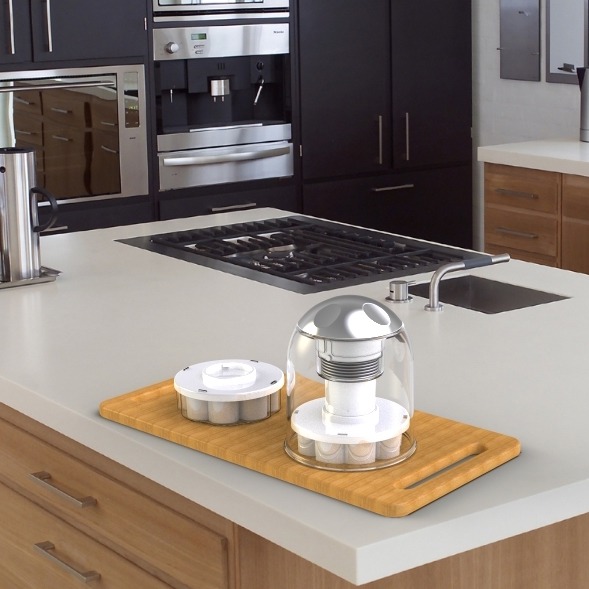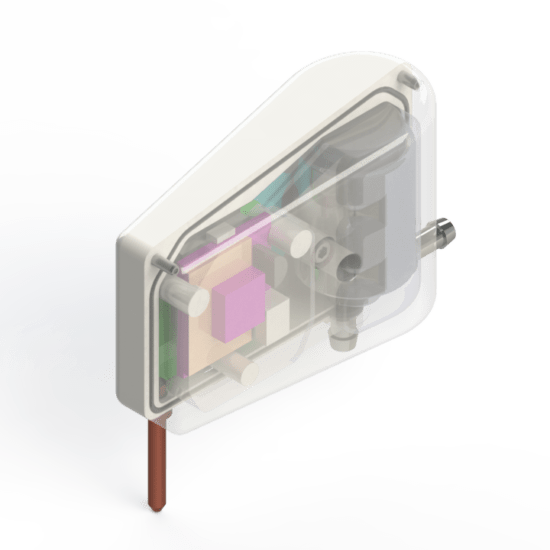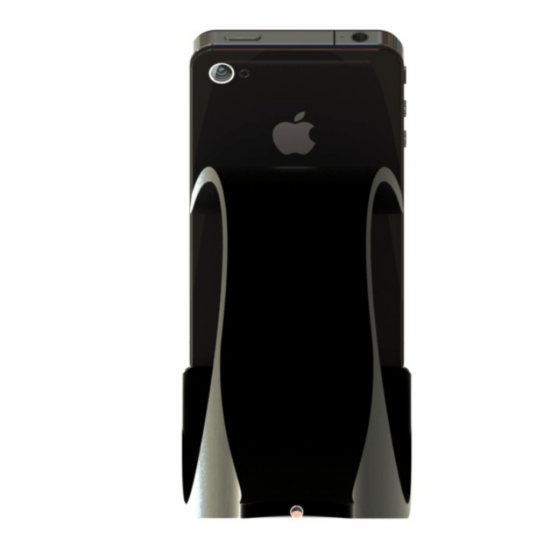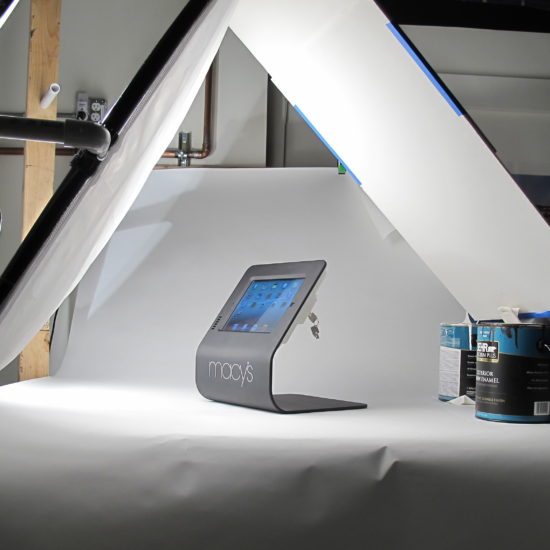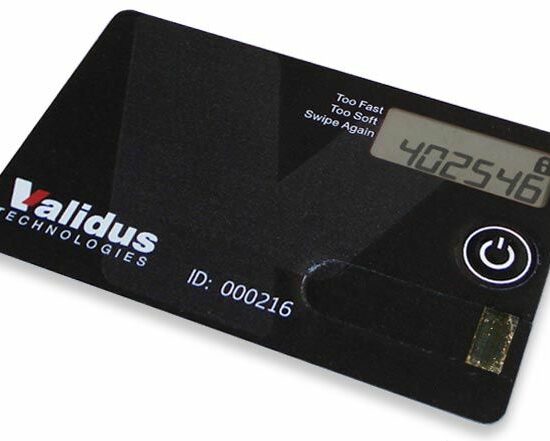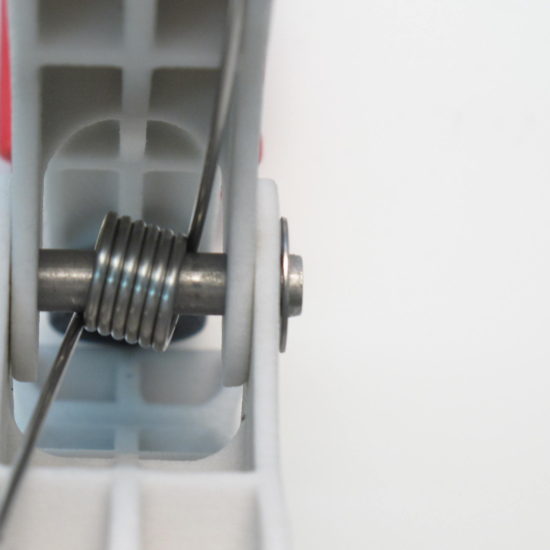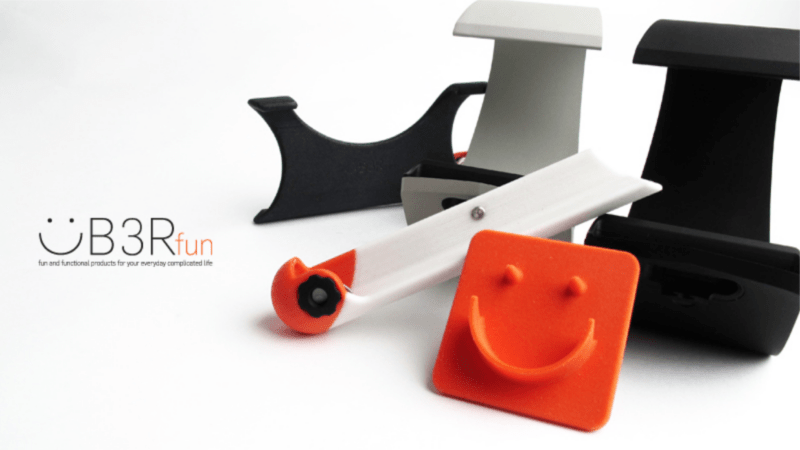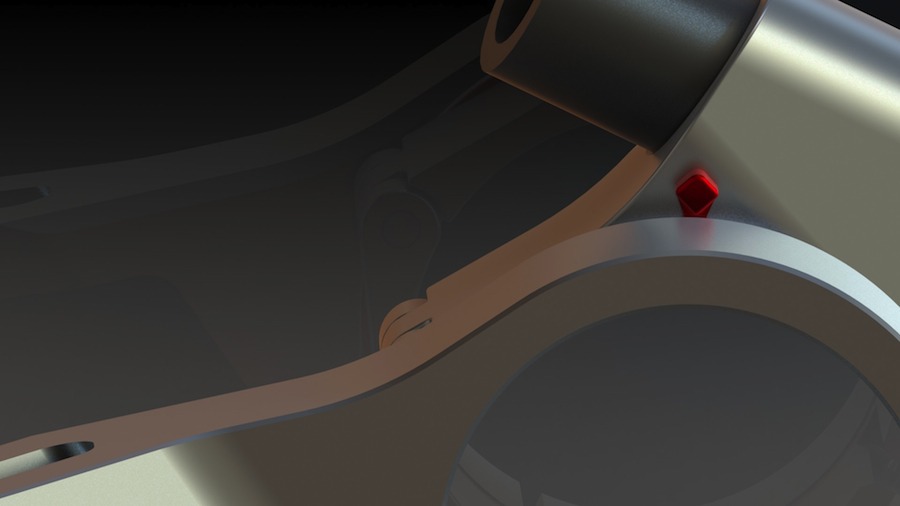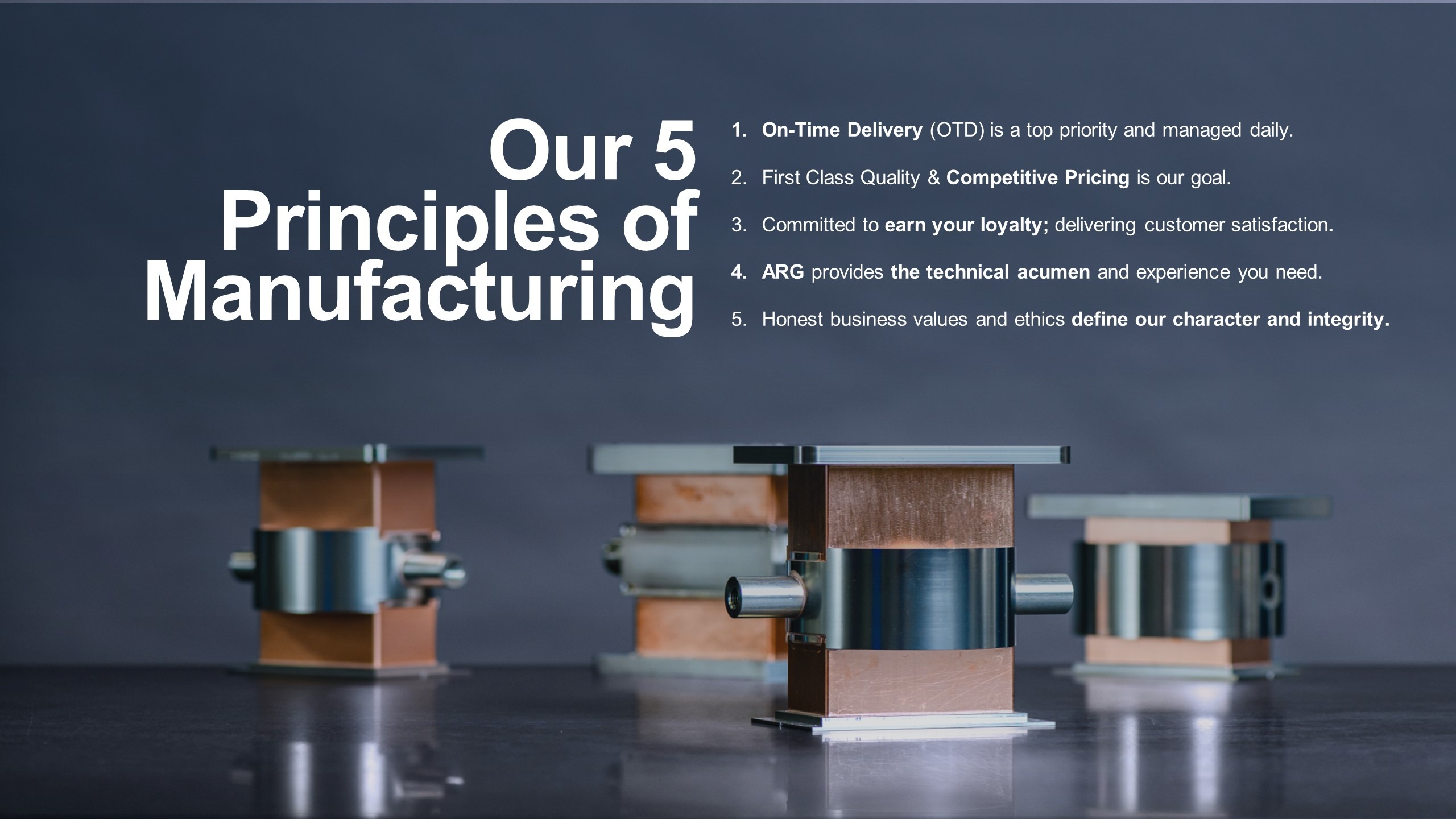
The 3 Axioms of Design for Manufacturability (DFM)
DFM Axiom 1
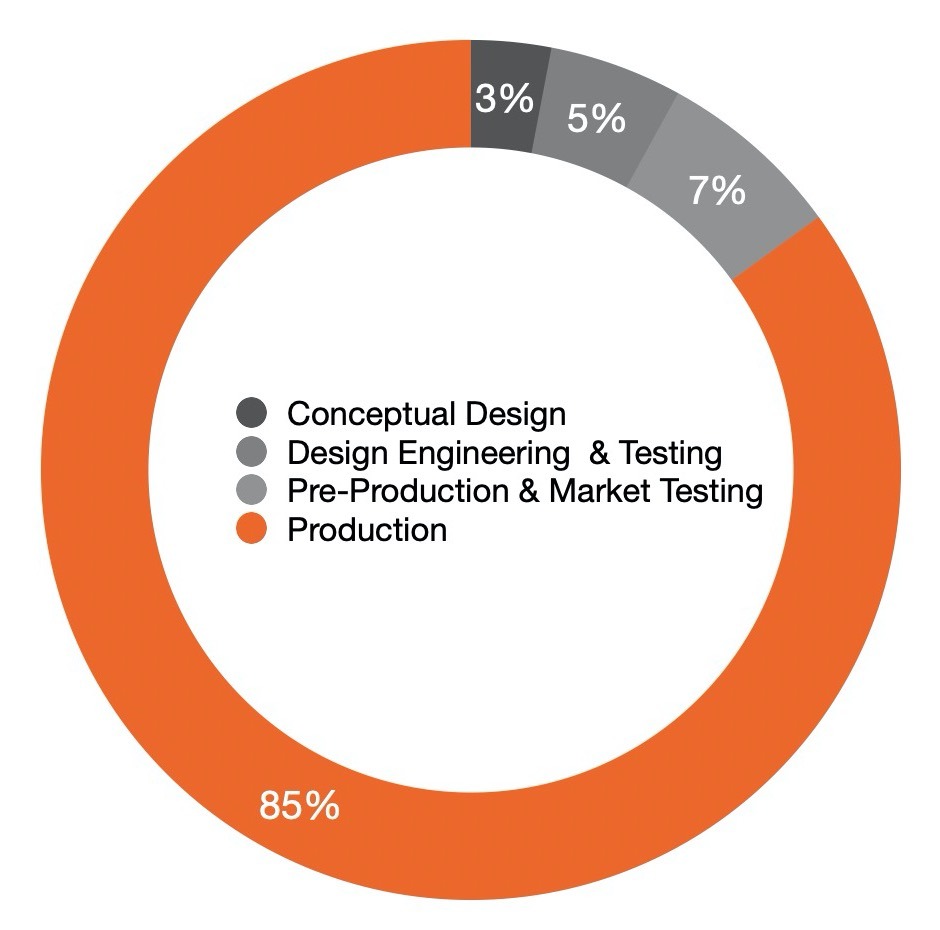
What is Design For Manufacturability? Creating a design that is the most simple, easiest part to make, ever. We’re problem solvers, but just because the problem is complicated, doesn’t mean the solution and parts have to be. Most often, 85% of the costs incurred throughout the life of a project happen during production, which is the last phase. However, those costs are dictated by the design concept, engineering, manufacturability, and planning during the first 15% of the project (first phase). Therefore, if you want to succeed, the solution must be cheap and easy to make, as it is the driver of production costs.
DFM Axiom 2
3D CAD software and 3D Printing quickly corner engineers and designers into a high-cost, impossible to manufacture design solution. Why? These tools allow us to design and build anything imaginable, whether its manufacturable or not, and that’s very dangerous. Designs can travel far down the road of product development when 3D printing prototypes, creating a situation where there is so much risk in function, performance, and time to make it manufacturable, that a restart is required.
We are very aware of this dilemma because we were once a 3D printing service shop, a partner of a machine shop, and have fielded tens of thousands of RFQs from engineers and designers. There is now an entire generation of designers and engineers who were born into the 3D printing era, and they consistently are incurring high costs and long lead times for their clients and employers because they don’t follow DFM Axiom 2.
We want to leverage the power of CAD software and 3D printing to flush through design concepts at a record pace and while doing it, make sure ALL the features are manufacturable.
DFM Axiom 3
Designing solely for the upfront or end process creates unnecessary lead-time, engineering labor/costs, and manufacturing costs. It’s best to make sure the design can be manufactured with CNC Machining for the bulk of the product development cycle as a back up to Additive manufacturing. The most common mistake is designing plastic injection molded parts or castings upfront because they offer a broad spectrum of visual and aesthetic freedom to produce beautiful looking parts that are easy to 3D print to prove the concept and visual aesthetic yet impossible to manufacture any other way for functional or performance testing.
It’s a design trap and it’s an expensive one in both time and money. Why does it happen? Engineers and designers wish to impress the client/employer with a beautiful 3D model and 3D print of their creative work during the conceptual phase. The client is super happy until it comes time to make functional prototypes for testing and learns they have to start all over from scratch. It happens all the time with “industrial designers” and big product design firms; hence the need for big budgets. Unfortunately, they end up giving client’s solutions they can’t afford to manufacture to test the product or the market (middle phases of product development). It’s a delicate balance to achieve beautiful form, but manufacturable within the boundaries of manufacturing, not 3D printing throughout the majority of the product development cycle.
Real World Example
In fact, prior to finding us, our “Stealth Consumer Product” client worked with a previous design team that made the same mistake. It’s why he searched and found us because he was looking for someone to redesign for the CNC machining process. It’s sad that so many inventors, entrepreneurs, and start-ups are bamboozled into paying big money for product-design firms or industrial designers to deliver beautiful solutions that they can’t afford to build and test. It’s tough because testing the market requires testing the look and feel too.
Here at DevSixOne, DFM is in our blood, we evangelized the 3 Axioms of DFM so that we have a formal process to enable inventors, entrepreneurs, and start-ups to afford to flush through the product development process on a sensible budget; saving as many dollars as possible for when it comes time for production where the big bucks will be needed to manufacture in volume.
In the “Stealth Consumer Product” example referenced earlier, we designed for the cases to be either 3D printed or CNC machined from the beginning. In this way, we had a 3D model (design) that could evolve through the first three phases of development with little friction, and then, if the product makes it to production, we can spend the extra time making it plastic injection molding ready. Our approach saved the client thousands of dollars in upfront engineering and design costs, tens of thousands in manufacturing through the three phases, and this is how we approach every project we embark on.
Check out Development Costs | Traditional vs. Lean to learn more about actual costs saved with our lean development process for the stealth project.


